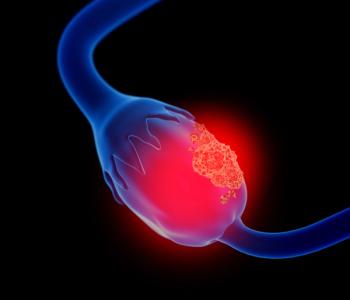
Research Refutes Theory That Neutrophils May Drive Hidradentitis Suppurativa
The researchers found that even with low amounts or no amount of neutrophils present in the peripheral blood, patients still exhibited active disease.
Researchers are suggesting that neutrophils are not likely the primary pathogenic driver behind
The findings come from
The study examined databases of Mass General Brigham hospitals and Dana-Farber Cancer Institute for patients with both diseases between January 1, 2010 and September 1, 2020. Researchers included patients with HS and AML treated with induction chemotherapy (7 days of cytarabine, 3 days of anthracycline). The primary outcome was HS flare, defined as patient-reported new or enlarging nodules or sinus tracts with increased drainage and pain.
Among the 4 patients with available data on HS severity during chemotherapy, 2 showed improvements in HS flares following treatment. In these patients, HS remained dormant even as their cell counts improved. However, among the other 2 patients, HS flares continued throughout and following treatment.
“Thus, patients may experience HS flares when neutrophils are depleted, but may also remain in remission when cell counts recover,” wrote the researchers. “This suggests that neutrophils (and white blood cell counts in general) do not correlate with HS symptoms, and may not be the primary driver in HS pathogenesis.”
HS treatment throughout induction chemotherapy included chlorhexidine wash, systemic antibiotics, intralesional triamcinolone, incision and drainage, and spironolactone, and antibiotics included vancomycin and cefepime.
According to the researchers, all patients survived their induction chemotherapy treatment with cell count recovery, although 1 patient later passed away due to delayed bone marrow transplant because of their HS. Across patient, HS complicated AML treatment because of concerns for infection, fevers, or abscesses.
“In 7 of 8 cases, acute and recalcitrant HS flare was a presenting sign of AML. Clinicians should have a low threshold to obtain complete blood count in such patients. In addition, clinicians should be prepared to treat flares in HS patients with AML,” recounted the researchers. “Uncontrolled disease may lead to neutropenic fever with or without sepsis or infection. Imaging studies can be performed to identify large abscesses, which should preferably be drained prior to chemotherapy induction, when immune cell counts drop.”
Reference
Chen S, Lopez C, Kassamali B, Luskin M, Charrow A. Hidradentitis suppurativa in acute myeloid leukemia: Review of disease course and management. JAAS Case Rep. 2022;19:44-47. doi: 10.1016/j.jdcr.2021.11.012
Newsletter
Stay ahead of policy, cost, and value—subscribe to AJMC for expert insights at the intersection of clinical care and health economics.







































